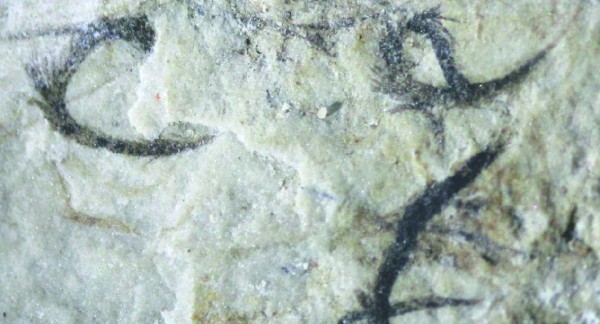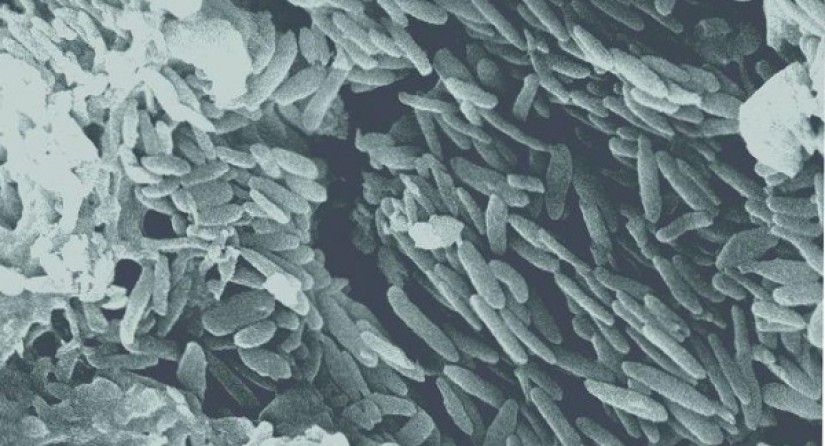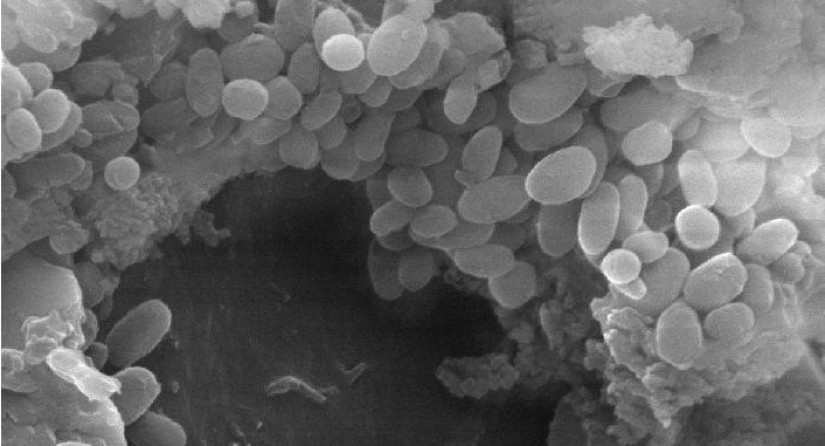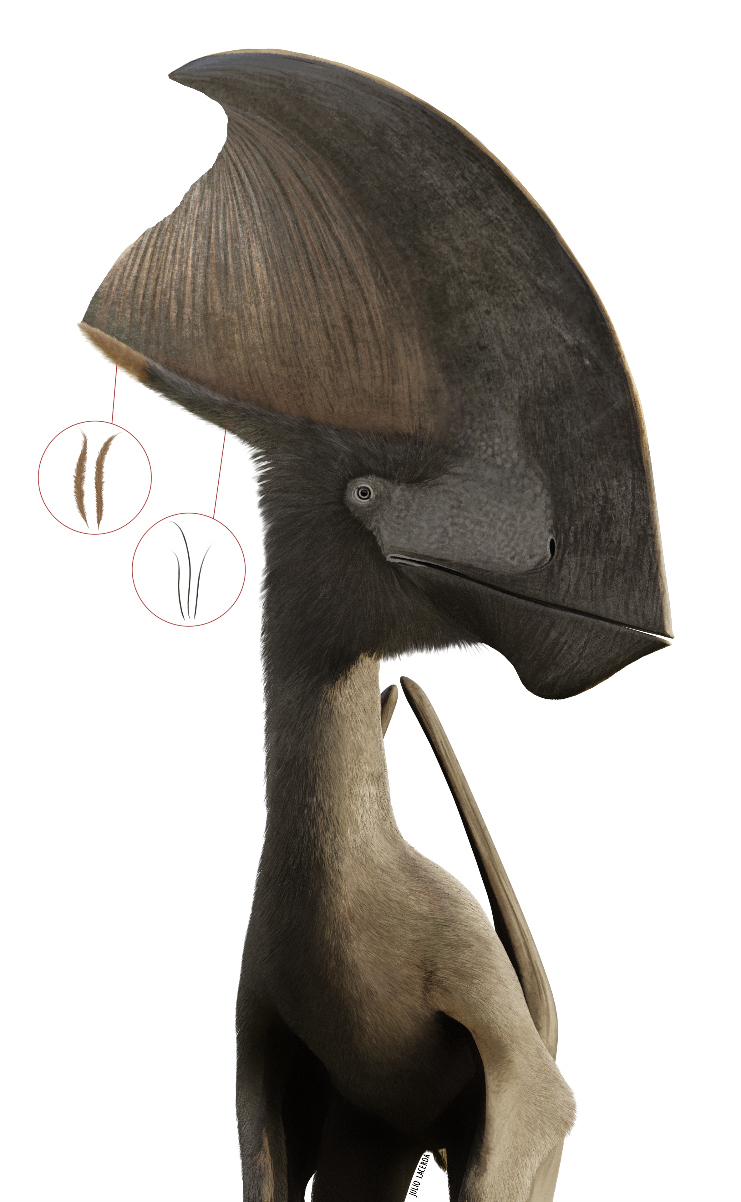Pterosaurs already had coloured feathers
Pterosaurs, flying reptiles and close relatives of the dinosaurs, already developed feathers of different shapes and colours. This has been proven by a 115 million year old Brazilian fossil, studied by a team of palaeontologists. ‘Coloured feathers were used to show off’, says palaeontologist Aude Cincotta of the Royal Belgian Institute of Natural Sciences (RBINS). ‘Our study suggests that coloured feathers could already have appeared in the common ancestor of dinosaurs and pterosaurs.’
An international team of palaeontologists and geologists has found new evidence that pterosaurs had feathers of various colours. The discovery provides more insight into the origin and function of primitive feathers. The researchers published their findings in Nature.
The team from Brazil, Ireland, Belgium and France studied a 115 million-year-old pterosaur fossil from the Crato Formation in north-eastern Brazil. The fossil of this Tupandactylus imperator consists of the skull topped by an enormous crest of soft tissue, that has not been fossilized, but of which the imprint has been preserved. Feathers were attached to the base of the crest.

‘For a long time, there was discussion about whether pterosaurs had feathers'
- researcher Aude Cincotta (RBINS) -
‘This is a spectacular discovery,’ says researcher Aude Cincotta (RBINS), who led the study. ‘For a long time, there was discussion about whether pterosaurs had feathers. As of now, we have firm evidence that this was indeed the case, and that the feathers were quite complex. We were able to distinguish two types of feathers in this Brazilian fossil: elongated, unbranched feathers and small branched feathers. The discovery of branched feathers is new in pterosaurs. They were only known for certain carnivorous dinosaurs, the theropods, ancestors of birds.’
Showing off
A second important finding: fossil melanosomes. These are microscopic structures in the skin and in certain organs that contain the pigment melanin. In today's birds, the shape of these melanosomes determines the color of the feathers. The analysis shows that the melanosomes in the two types of pterosaur feathers as well as in the soft-tissue crest have a different shape (elongated, ovoid or spheroid). These differences were only known in theropod dinosaurs (including birds).
This study shows that pterosaurs already had feathers with colour variations and that they were probably used for visual communication and display: to show off. The fact that these pigmented feathers are found in both dinosaurs and pterosaurs suggests that their common ancestor in the Middle or Late Triassic (about 250 to 200 million years ago) already had the ability to sport colored feathers.

Scanning electron microscope images: Elongate, rod-shaped melanosomes in the monofilaments.

Scanning electron microscope images: short stubby melanosomes in the branched feathers.
Safeguarding fossils
Thanks to cooperation between Belgian and Brazilian scientists, national authorities, and a private collector, the pterosaur fossil could be repatriated to Brazil in February 2022. ‘It is so important that scientifically important fossils such as this one are returned to their countries of origin and safely conserved for posterity,' says Edio-Ernst Kischlat of the Brazilian Geological Service, who co-authored the study. ‘These fossils can then be made available to scientists for further study and can inspire future generations of scientists through public exhibitions that celebrate our natural heritage.'







